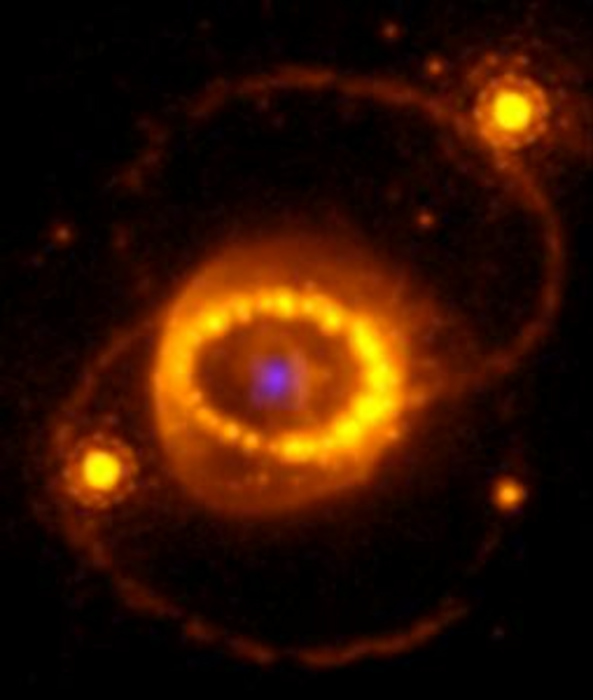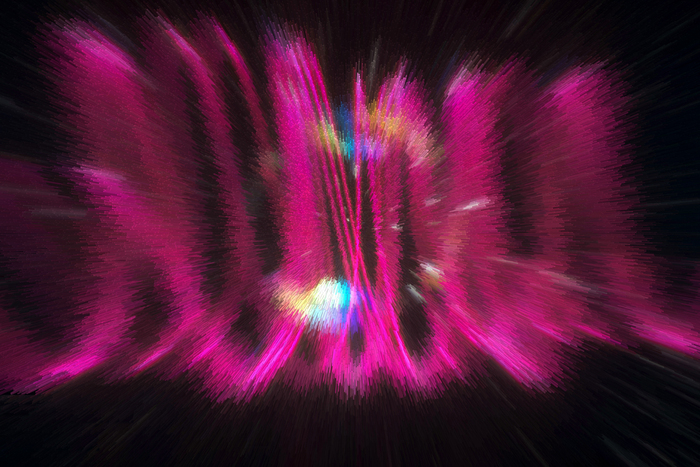Icon: enlarge
The sun, a ball of fire 150 million kilometers away
Photo: SDO / NASA
With its light and warmth, the sun is not only a guarantee for life on earth, but also a fascinating research object for astronomers.
The incredible energy of the fireball, about 150 million kilometers away, is generated from the fusion of hydrogen and helium.
Gravity strikes so much that hundreds of millions of tons of hydrogen inside are converted into helium every second - at around 15 million degrees Celsius.
This nuclear fusion, in which protons fuse together, makes up almost all of the sun's fusion energy.
But only almost.
Because as early as the 1930s, the physicists Hans Bethe and Carl Friedrich von Weizsäcker believed that there could also be another fusion cycle that only accounts for about one percent.
Now this theoretical prediction has been confirmed, announced researchers from the Technical University of Munich.
The proof was therefore obtained within the Borexino experiment, which is taking place in an underground laboratory in Gran Sasso, Italy.
The researchers discovered the so-called CNO process through the activity of neutrinos, small elementary particles with very low mass that also penetrate from the sun to us on earth.
The now discovered were released during the CNO process, write the researchers in the journal "Nature".
To discover the discrete particles, large, well-shielded detectors like the one in Italy are required.
In the experiment, the researchers measured around 720 million CNO neutrinos flowing into the earth every second and square centimeter.
In the CNO process, four hydrogen nuclei finally combine to form a helium nucleus, with the help of carbon, nitrogen and oxygen as catalysts and intermediate products.
This process provides the greater part of the energy in stars that are larger than our sun.
"For a long time I didn't think it was possible that this measurement would be successful"
Stefan Schönert, professor for experimental astroparticle physics
The so-called proton-proton chain has been in use for several years and has also been experimentally proven.
According to the information, Munich physicists were significantly involved in the measurements.
The process was technically extremely complex.
Stefan Schönert, Munich professor for experimental astroparticle physics, explained that he had "considered it impossible for a long time that this measurement would be successful."
After six years of effort, it has now succeeded for the first time.
Icon: The mirror
joe / AFP








